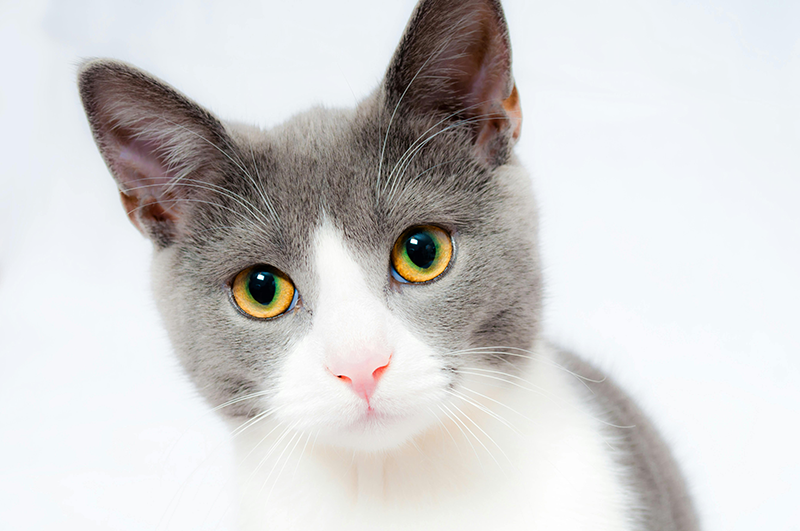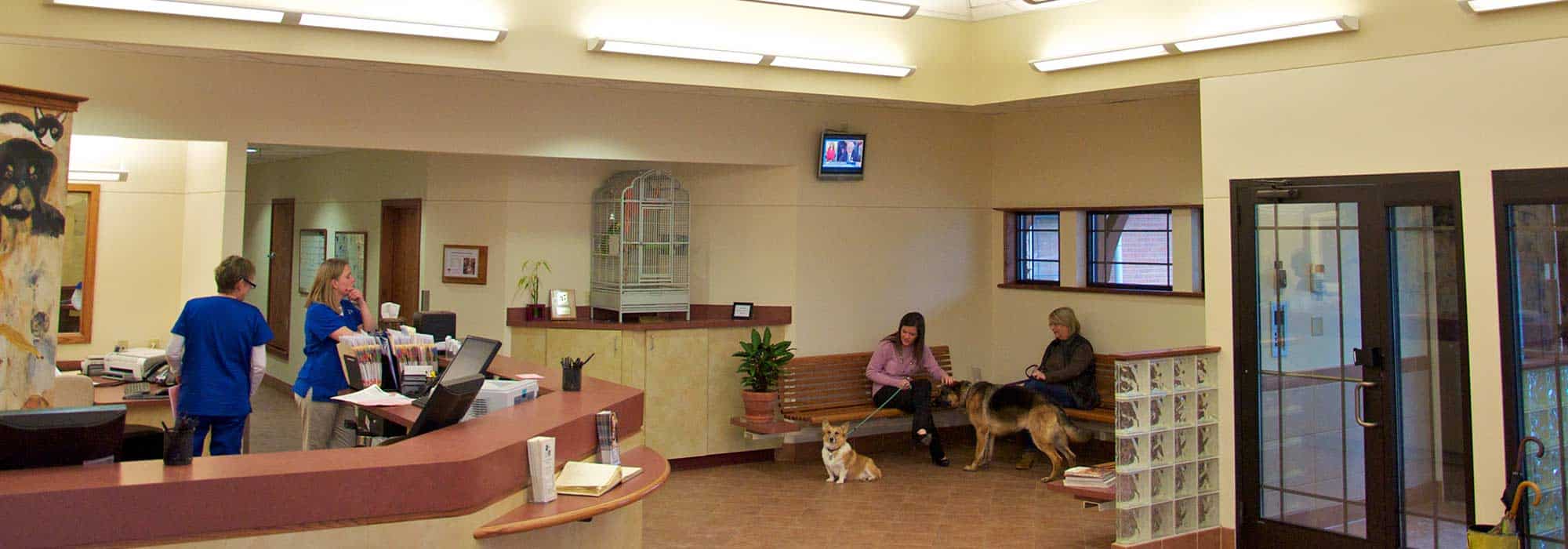New Help for Cats Suffering from Osteoarthritis Pain

A Monthly Injectable Shows Great Promise for Pain Relief in Cats
Solensia is a monthly injection that helps many cats with osteoarthritis pain. This FDA-approved medication is designed specifically for OA pain in cats. Here’s a description of OA:
“OA is a type of arthritis that occurs when the tissue in your cat’s joints starts to get worn down, causing bones to rub against one another. You’d think this just makes moving harder, but OA can also cause severe pain. Without treatment, your cat’s pain can continue to worsen.”
Non-medical treatments for cats with OA pain include weight loss for overweight cats, veterinarian-prescribed exercise routines, and making environmental changes that reduce the need for jumping. Prior to the release of Solensia, there were limited options for treating OA pain in cats. According to the FDA:
“Many veterinary nonsteroidal anti-inflammatory drugs (NSAIDs) are approved for long-term use in dogs to control pain and inflammation from osteoarthritis. But unfortunately, no veterinary NSAIDs are currently approved for safe, long-term control of pain and inflammation due to osteoarthritis in cats. Cats are especially sensitive to the side effects of NSAIDs.”
It’s estimated that 90% of cats over age 12 are affected by osteoarthritis (although, because of their small size, not all of those cats suffer from OA pain).
Symptoms of Osteoarthritis Pain in Cats
Sometimes, what we think of as “aging” or “slowing down” are symptoms of pain. Osteoarthritis is a common cause of pain, especially in senior cats. Have you noticed any of these signs or changes in your cats?
- A hard time jumping up on surfaces or climbing up stairs
- A reluctance to jump down from surfaces or climbing down stairs
- Loss of interest in active play or chasing moving objects
- Unwilling to run
- Unexpected hiding
- Irritability
- Difficulty using the litter box
- Other changes to previous activity or behavior
If your cat isn’t as active or lively as they used to be, make an appointment with your veterinarian to investigate the possible causes. You may also want to check out our video, “7 Signs of Pain in Pets.” If your cat is diagnosed with OA pain, take heart that there are medical advances to help!

